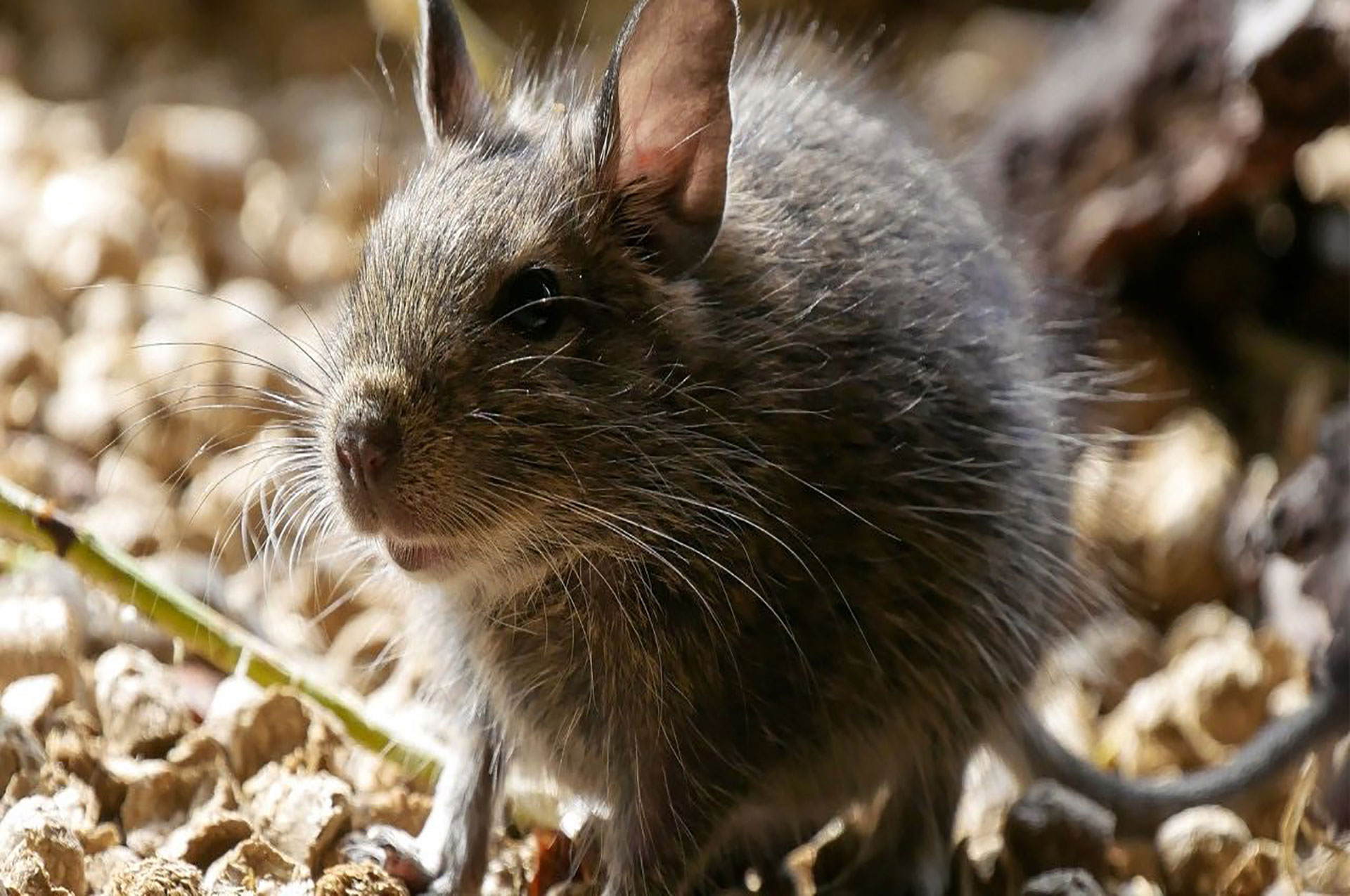
Tips on Dealing with Rodents
From time to time, we receive a wave of calls about particular wildlife issues. As our Code Compliance Officer investigates these complaints, more often than not he finds that the problems have arisen from one or more properties in the area unwittingly providing sources of food—be it through letting bird seed gather under feeders, or leaving piles of yard waste or bags of trash out for extended periods.
In a recent blog, we shared a list of basic preventive measures that we recommend all households follow to make their properties less attractive to unwanted wildlife. This includes tips on how you handle your trash and recycling, the correct way to compost materials in your yard, and not leaving any food sources such as pet food or fallen tree fruit out for opportunistic passersby.
Today, here are some guidelines on recognizing when you have an issue and what to do.
Signs you may have rats or mice:
- You find small droppings, approximately the size of a grain of rice.
- You find gnawed holes, up to two-inches wide, in baseboards or doorframes. This is a sign the rodent has been present for an extended period of time.
- You find smudge marks from the rodent’s body oils on the lower portions of your walls.
- You hear unidentifiable movement in your walls or attic.
- Your family pet becomes fixated with a blank wall or floorboard.
DIY Deterrents:
- Rats and mice can squeeze through the smallest of holes (the size of a quarter). Prevent rodents from entering your home by sealing off holes. Heavyweight material, such as quarter-inch hardware cloth is recommended.
- Gaps often occur near electrical conduits, utility or air conditioning lines or water pipes that enter your home or drains exiting your home. Finish openings with caulking or foam insulation. Because rats can chew through insulation, combine it with wire mesh.
DIY Removal:
- Lethal control is legal for rodents but remember that the need to control rats is largely a direct result of a lack of cleanliness so environmental changes are recommended first.
- The least inhumane methods for killing rats and mice include the traditional snap trap and newer traps that use an electrical charge to stun and kill the rodent. Rodent bait laced with poison is another option.
- IMPORTANT: These traps can be harmful to humans and pets. Be sure to follow all instructions carefully and to check the traps frequently. Wear rubber gloves when handling dead animals, traps and rodent bait. Place dead animals in sealed plastic bags and dispose of them in trash receptacles that are regularly collected.
